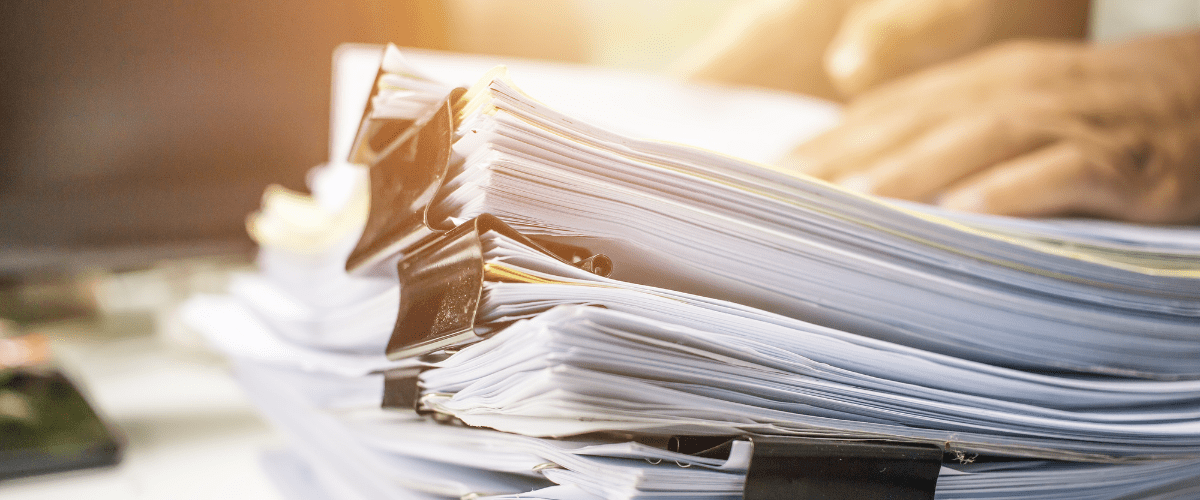Did you know that US importers are required to obtain a customs bond for every shipment with a value of $2500 or more, even if the imported goods are duty-free? While the concept of a customs bond might seem complicated, it is actually pretty straightforward. A customs bond, or an importer’s bond, is a binding agreement between the three parties: importer, bond surety company, and the US Customs and Border Protection (CBP), the Principal, Surety, and Obligee, respectively. Essentially, a customs bond serves as a guarantee that customs duties and other import-related fees are paid to CBP even in case the importer defaults on payments for one reason or another.
Two basic types of CBP bonds used by importers are single entry bonds and continuous bonds. A single-entry bond, also called a single transaction bond (STB), can be used for importing a single shipment and must be filed directly at the port of entry. Continuous bonds (CB), unlike single transaction bonds, cover multiple entries regardless of their frequency or value and can be used for entering goods at multiple US ports. They are effective for one year and may be renewed numerous times.
The importer is ultimately responsible for placing the bond, but it is CBP that determines the required bond amount. For a single-entry bond, it is calculated based on the value of an individual shipment, with a minimum of $100. However, if imported goods are regulated by partner government agencies, such as FDA, the required bond amount might be set much higher, up to three times thevalue. In case with continuous customs bonds, the bond amount is determined based on the estimate of total duties, taxes, and fees paid by the importer yearly. This number is then multiplied by 10% and rounded to the nearest $10,000 for bonds up to $100,000, or to the nearest $100,000 for bonds over $100,000, with minimum set by the CBP at $50,000.
The KlearNow.AI team understands that navigating the world of customs bonds might be challenging for both beginners and already established importers. This is why we are sharing our 5 tips to importers which will help with success for your business when dealing with customs import bonds.
1. Choose the type of customs bond wisely
Deciding which type of customs bond to obtain is ultimately up to the importer, and it should reflect the needs of each individual’s circumstances. While single entry bonds may work well for importers with a few low value customs entries per year, a continuous bond may save the importer both money and time if yearly import volume is more significant and/or includes entries with high values at multiple ports. Another thing to remember is that all US ocean imports require Importer Security Filing (ISF). While continuous customs bonds already include ISF bonds, single transaction bonds do not, and in this case ISF bonds will need to be purchased separately.
2. Forecast your imports carefully
In order to correctly determine the amount of the continuous customs bond, the importer is required to forecast its import activity for the next 12 months. The CBP conducts periodic bond sufficiency reviews which could result in a letter of insufficiency with a request to increase the bond amount. It may happen at any point after the bond has been opened until the bond’s termination if CBP finds the volume of imports to be higher than initially forecasted and thus not fully covered by the bond. Importers should also keep in mind that additional tariffs applied to certain goods and active antidumping and countervailing cases may significantly increase the amount of duty they owe to the CBP, and, as a consequence, increase the required bond amount.
3. Prevent stacking of liability
It should be noted that a bond insufficiency letter contains the minimum required bond increase amount. The importer actually needs to re-assess its import activity and base the new bond amount on the accurate forecast rather than assume the bare minimum proposed will continue to be sufficient. In case if the new bond also turns out to be insufficient, customs will require yet another bond increase. This scenario often leads to so-called bond stacking, or stacking of liability, a situation when the tail of liability on a single bond remains open over multiple years. It might happen, for instance, when there are unliquidated import entries. When possible, the importer should avoid bond stacking as it may cause some undesirable side effects, such as a request for collateral from the surety company when applying for the new bond.
4. Renew the continuous customs bond timely
If you chose a continuous customs bond for your imports, be aware of when the bond expires and understand requirements for its renewal. We recommend importers to initiate the bond renewal process at least 15 calendar days before the bond expiration date. However, if the increase in bond amount is required, the bond renewal process can be started as early as 60 days prior to bond expiration. Keep in mind that requirements for customs bond renewal are not uniform across the industry. Surety companies often base their decisions on subjective reviews which take into consideration the principal’s history and aggregate liability, and some might require placement of collateral and/or indemnity.
5. Use trusted bond providers
Customs bonds may be purchased by importers from the surety companies directly or through customs brokers and freight forwarders. The great news is that KlearNow.AI can help you obtain both single entry and continuous customs bonds. We work with reputable and experienced sureties to make sure that our customers can purchase customs bonds quickly, avoid potential issues with bond renewals, and prevent lapses in coverage. Email us at sales@klearnow.com if you need to purchase a customs bond or need more information!
Material prepared by Natalia Bailey, KlearNow.AI Compliance Analyst




